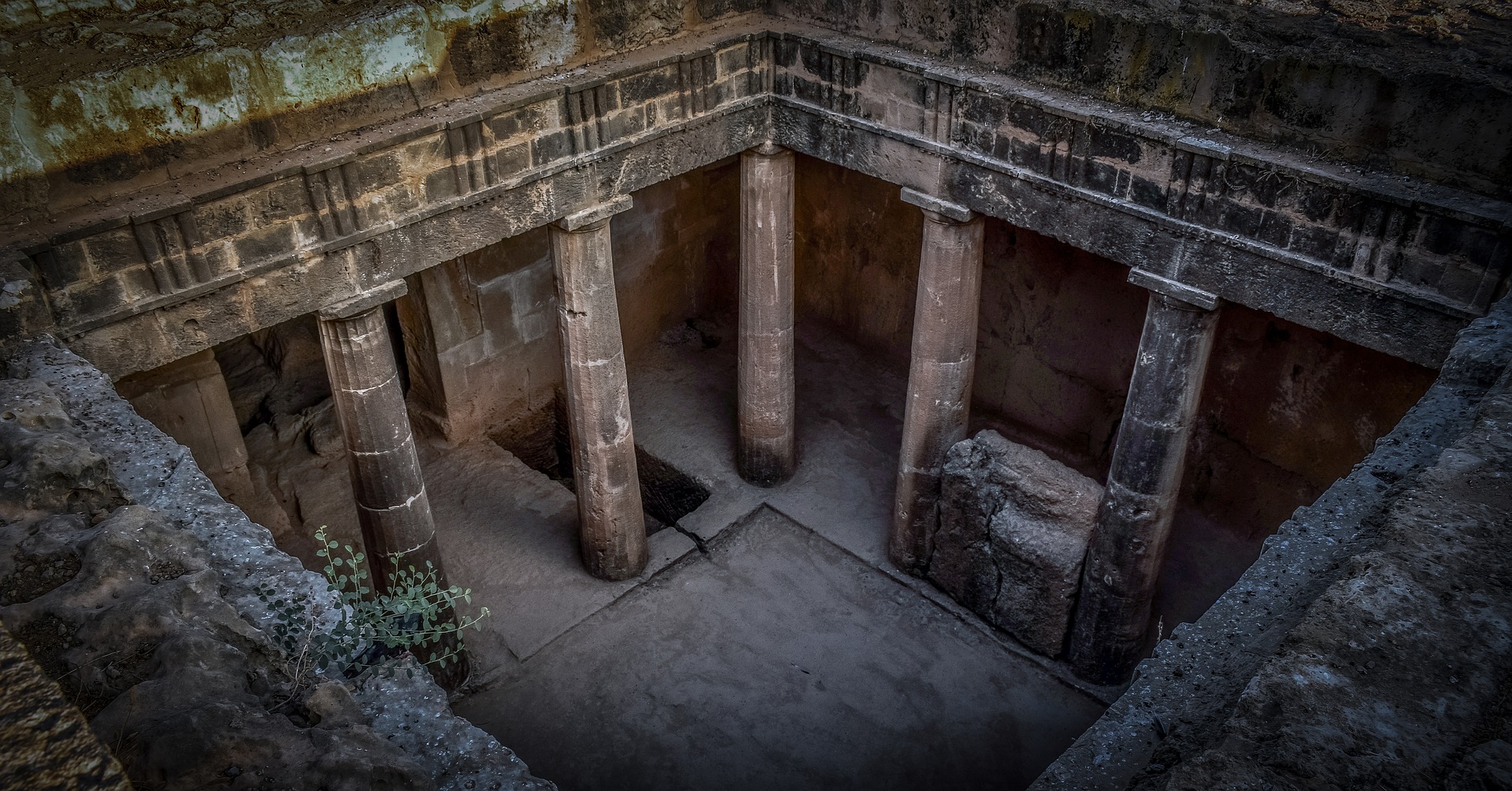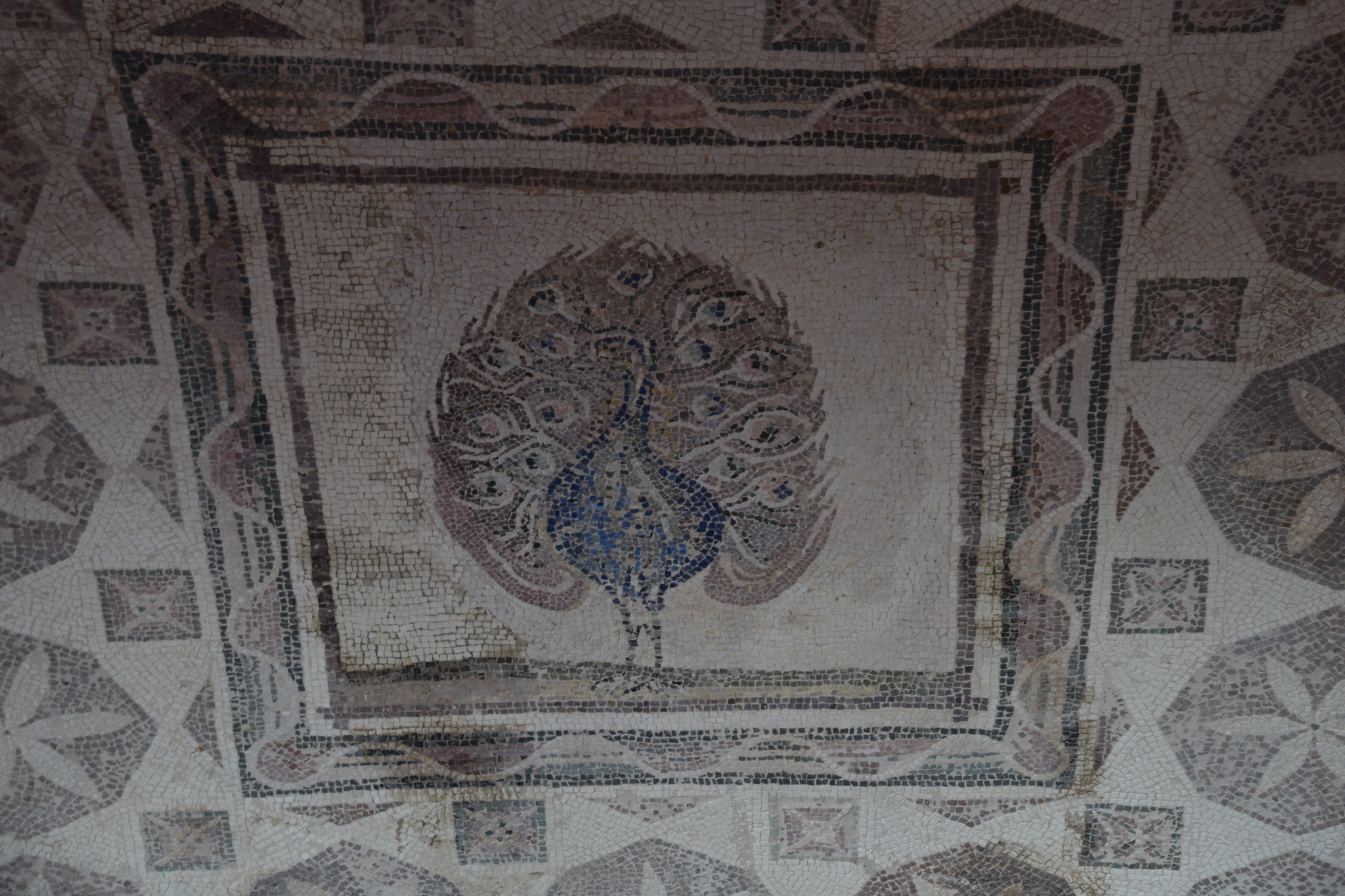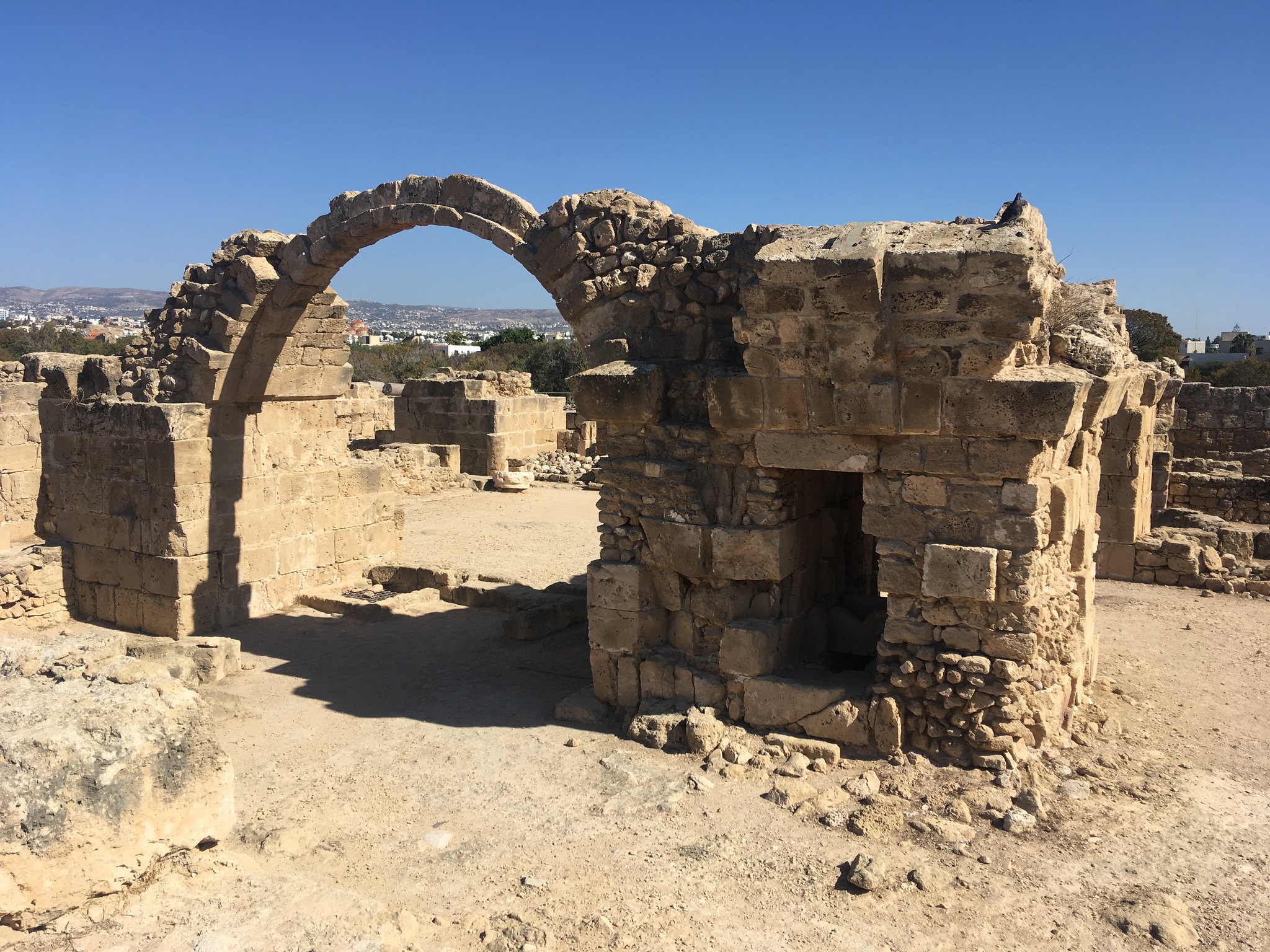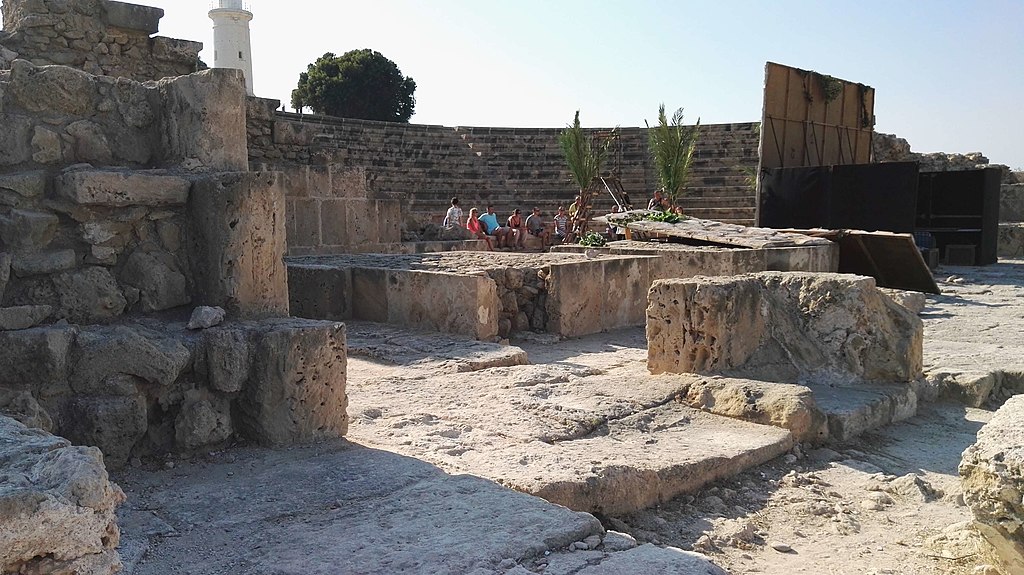Discover the Ancient Wonders of Paphos Archaeological Site

Paphos, a town on the tiny island of Cyprus has a rich history, highlighted by the enormous Paphos Archaeological site. Old Paphos or Palea Pafos is home to the Sanctuary of Aphrodite.
During the era of Greco-Macedonian rulers, it became an important military outpost for the Ptolemies and continued to flourish for the next 700 years. New Paphos was an ancient city founded in the late 4th century BC and was originally surrounded by giant walls. The city was an important political and administrative capital for the people of Cyprus and although taken over by the Romans in 58BC, the place still retains its collection of mesmerising mosaics based on mythical Greek tales. The archaeological site is still being excavated since it is widely believed that there are many treasures to be discovered.
Pafos Mosaics

Credit: Flickr / George M. Groutas / CC BY 2.0
There is a collection of exquisite mosaics located south of the archaeological site, immediately to below the Agora. It was named House of Dionysus because many of the mosaics featured him, the god of wine, it was accidentally discovered in 1962 by a farmer. The mosaics decorated the extensive floor area of a large, wealthy residence from the Roman period, this house is the largest and best known of the mosaic houses.
As you enter the space, you’ll see a Hellenistic monochrome pebble mosaic showing the monster Scylla and the famous tale of Narcissus depicted in Room 2 as well as the Four Seasons mosaic in Room 3. You’ll find more intricate designs depicting Phaedra and Hippolytos in Room 6. In the Western Portico, inside Room 16 you’ll find the story of Pyramus and Thisbe, first narrated by Ovid in his Metamorphosis, and adapted in Romeo and Juliet and in A Midsummer Night’s Dream by Shakespeare. You should allow yourself a proper two hours to see the three houses and take in the beauty of the work.
Saranta Kolones Fortress

Credit: Flickr / Sergei Gussev / CC BY 2.0
A short walk from the mosaic houses will take you to the medieval Saranta Kolones Fortress, named for the ‘40 columns’ that once stood at the now decimated structure. The origin of the fortress remains a mystery as little is known about it, other than it was built by the Lusignans in the 12th century and got destroyed a mere 2 decades later. A few desultory arches are the only visual evidence of its original grandeur.
Agora, Asklipieion & Odeion

Credit: Bukvoed / CC BY 4.0
The Agora (or forum) and Asklipieion date back 800 years. Today, what remains of the Odeion is the semicircular theatre restored in 1970. The rest of the Agora is discernible by the remains of marble columns that form a rectangle in the largely empty open space. What is left of the Asklipieion, the healing centre and altar of Asklepios, the God of medicine, runs east to west on the southern side of the Odeion.
Be sure to stop by the Visitors' Centre at the top of the steps near the entrance. Interesting rotating exhibitions take place here and you can pick up a guidebook which explains the site in detail.
Leave a Reply